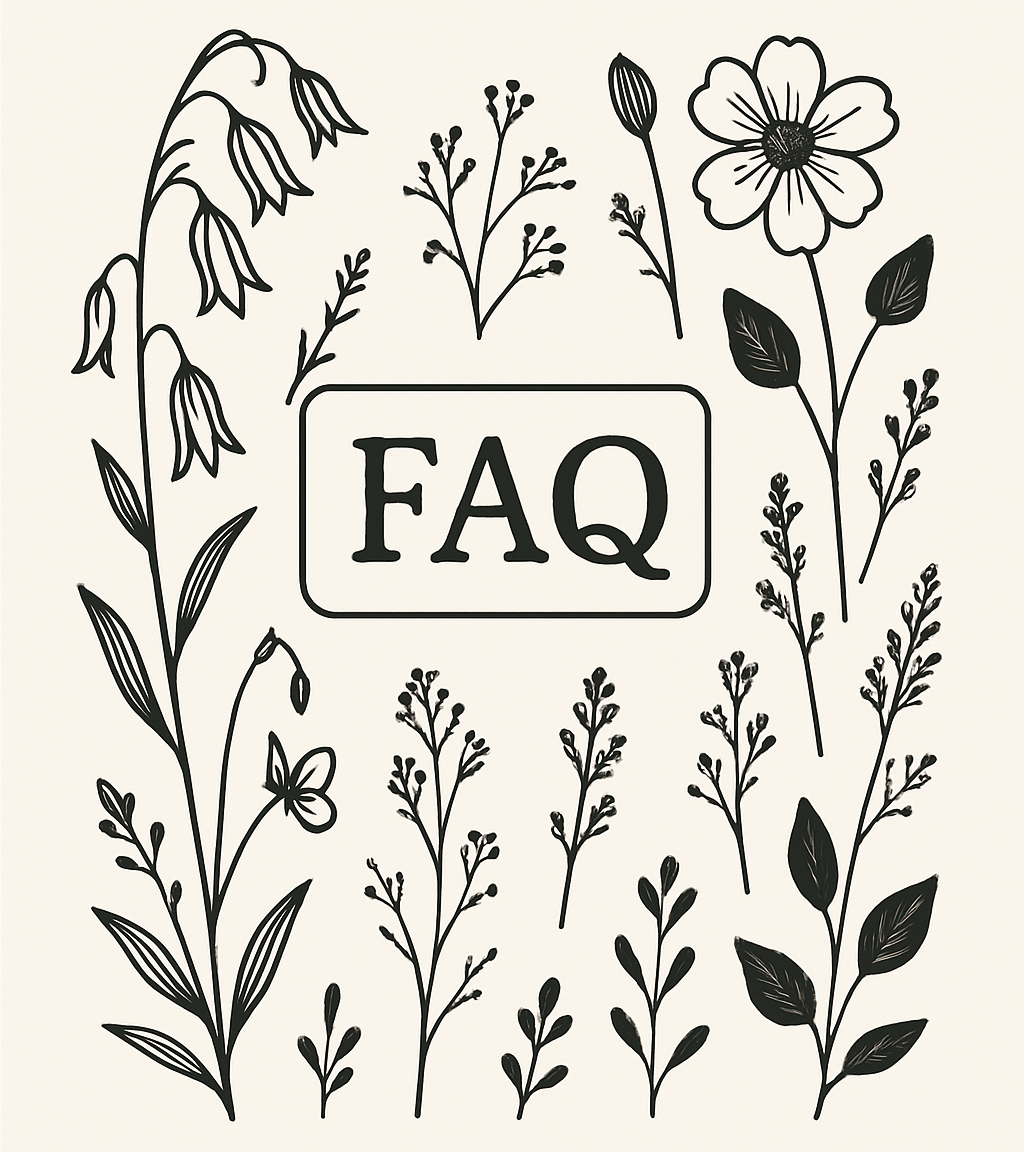This guide is aimed at professionals in landscape architecture, horticulture, and urban gardening. It synthesizes research from peer‑reviewed publications and extension white papers to provide best‑practice recommendations for selecting and using container soils.
1. Why Container Soils Are Different
Straight topsoil or field soils are unsuitable for container gardens because they compact in containers, leading to poor drainage, low aeration, and root oxygen starvation. Many times, they keep the planters too saturated for the plants.
Soilless media are preferred for many plants: commercial potting mixes provide consistent structure, drainage, moisture retention, and minimize pests or diseases.
2. Key Physical & Chemical Properties to Consider
Porosity / Aeration – Total air space ≥10% by volume for oxygen exchange.
Water‑Holding Capacity – Holds ~40% water by volume at container capacity.
Bulk Density – <0.7 g/cm³ for ease of handling.
Texture & Structure – Mix of organic and inorganic components for stability.
Chemical Properties – Balanced pH, adequate cation exchange capacity.
Cleanliness – Sterile to avoid pests and diseases.
3. Typical Component Options & Ratios
Peat moss or coconut coir – Excellent moisture retention, moderate structure.
Perlite / pumice – drainage and aeration.
Vermiculite – improves water retention and nutrient retention.
Composted bark or humus – organic content.
Sand – sharp drainage for certain species such as succulents.
Typical ratio: 50% organic and 50% inorganic
4. When to Use Which Mix
General ornamental – Balanced drainage and retention.
Vegetables/herbs – Higher nutrients.
Water‑loving plants – High retention.
Succulents/cacti – Sharp drainage.
Ericaceous species – Low pH.
Large trees & shrubs – Added weight for stability. Consider using an intensive green roof media that provides structure, doesn’t decompose over time and great drainage properties.
5. Incorporate Drainage
Placing a simple non-woven filter fabric piece in the bottom of the planter so the media doesn’t flow through the drain(s) holes. Fill the planter with the soil mixture that works best for the type of plants you are installing and ensure your planters are slightly raised for adequate drainage. Mount Vernon Vessels & Vines provided invisible risers complementary or ask us about purchasing directly.
Refer back to our blog named ‘5 Best Practices and Myths About Drainage’ as a refresher for making sure your drainage is adequate.
Summary
Proper soil selection is essential for successful landscape container plantings. Traditional topsoil compacts in containers, causing poor drainage and oxygen deprivation, while soilless media provide optimal structure, aeration, and moisture control. Key properties to evaluate include porosity (≥10% air space), water-holding capacity (~40%), low bulk density, balanced pH, and pathogen-free composition. Effective mixes often combine 50% organic materials (peat moss, coconut coir, composted bark) with 50% inorganic components (perlite, pumice, sand) to balance drainage and retention. Soil composition should be tailored to plant needs with high-retention blends for water-loving plants, sharp-draining mixes for succulents, nutrient-rich media for edibles, and heavier blends for large shrubs and trees. For best results, incorporate a filter fabric to protect drainage holes, select a soil blend matched to plant requirements, and ensure planters are slightly elevated to promote water flow.
References
- Purdue Extension HO‑200‑W – Container and Raised Bed Gardening.
• University of California ANR Bulletin 81894 – Container Soils.
• MDPI (2021) – Substrate stratification in horticulture.
- Why can’t I just use topsoil in my containers?
Topsoil compacts quickly in the confined space of a container, which restricts root oxygen, slows drainage, and can lead to root rot. Soilless media are designed to maintain structure, aeration, and moisture balance in container environments. - What’s the best soil mix ratio for general landscape container plantings?
A common professional standard is 50% organic components (peat moss, coconut coir, composted bark) and 50% inorganic components (perlite, pumice, coarse sand). This ratio balances drainage, moisture retention, and stability for most ornamental plants. - How can I ensure proper drainage without losing soil through the holes?
Place a piece of non-woven filter fabric over the drainage holes before adding soil. This prevents media from washing out while maintaining water flow. Also, slightly elevate the planter on risers to promote free drainage and avoid water pooling under the base.

